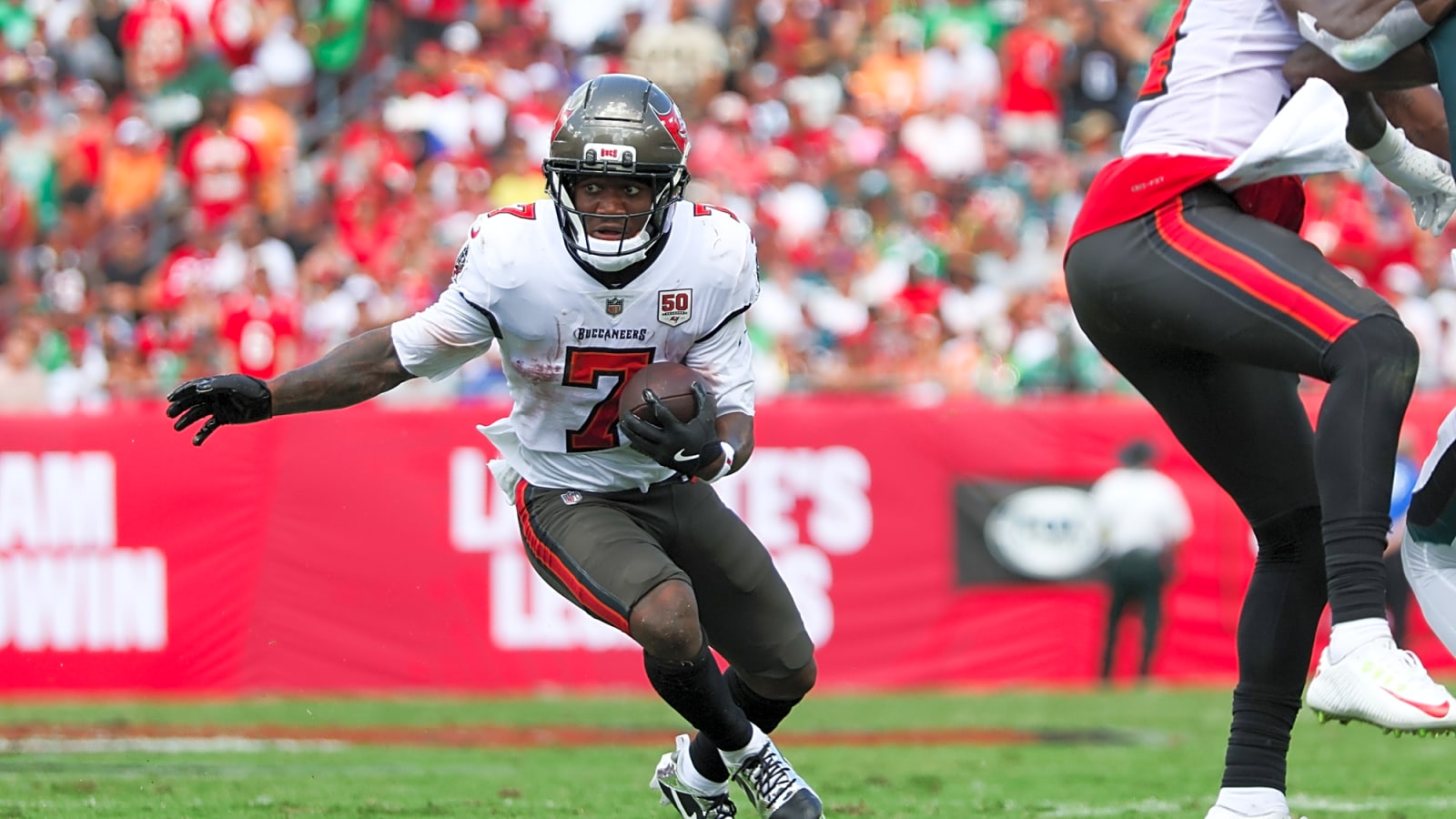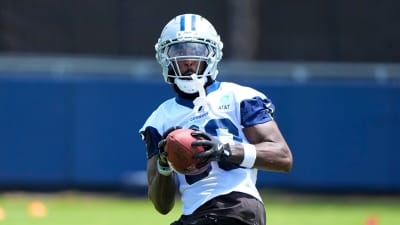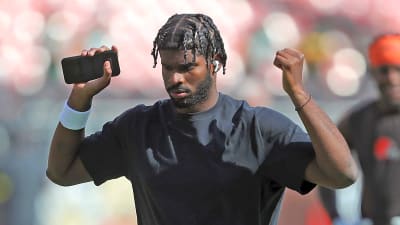
The role of NFL running backs has changed hugely over the past two decades. Once defined almost entirely by rushing volume, the position has become a multi-dimensional piece of modern offense. What was once about piling up carries is now about versatility, creativity, and fitting into pass-heavy systems. But how do teams use running backs today vs. yesterday? Find out in this article as we analyse various teams in the NFL.
The Traditional Running Back Era (1990s–2000s)
Earlier, running backs were the center of an offense. Teams had workhorse backs who carried the ball more than 300 times a year. Their stars, like Emmitt Smith, Eric Dickerson, and LaDainian Tomlinson, carried the ball 25–30 times per game and made the calls on each play. Offense philosophy was simple: establish the run to set up the pass.
Plays tended to be out of I-formation or single-back alignments, and running backs were challenged to move the chains with fair shares. Receiving ability was a nicety rather than a necessity, and few schemes had plays designed to hit backs in the passing game.
Modern Running Back Usage (2010s–Present)
The contemporary NFL runs on a significantly different system. Passing efficiency is increasingly dictating the league, and the running back position has been altered. Rather than the individual do-it-all star, teams currently opt for “running back by committee” schemes that allocate touches to a number of players who specialize in a particular area. Rather than that individual doing it all, coordinators now tailor usage according to matchup, game status, and skill set.
How Teams Use Running Backs Today Vs. Yesterday – Current Specialized Roles
- Pass-Catching Specialists: Today’s running backs must be efficient receivers. Stars like Christian McCaffrey and Alvin Kamara receive 80+ targets per game, serving as hybrids who create mismatches against linebackers and safeties.
- Situational Backs: Instead of a workhorse do-it-all back, teams today distribute the load. A bigger back can handle goal-line attempts, and a quicker one can handle third downs and screen passes. This reduces wear and maximizes efficiency.
- Motion and Misdirection: Running backs are frequently set up in the slot or wide, which requires defenses to rotate. Offense coordinators can utilize this to conceal play calls and establish mismatches, which are less readable than before.
Statistical Evidence of Change
The statistics prove it. To take one instance, in 2003, five backs accounted for more than 300 carries. None did in 2023. Meanwhile, receptions have exploded: several backs now catch 70 or more passes annually, a box score line formerly the exclusive domain of wide receivers.
Offensive balance has also shifted. The average NFL team throws the ball about 62% of the time, compared to about 55% in the early 2000s. This has pushed back to develop their skill set, or else risk being placed in rotation roles.
Impact on Young Quarterbacks
This evolution directly affects first-year quarterbacks entering the league. The new schemes incorporate short, whirlwind passes to running backs and slot receivers, which ease the transition to pro defenses.
The running backs help in three ways:
- Reducing pressure: Speedy throws give young QBs confidence and rhythm.
- As safety valves, Check-downs keep the drive moving when the initial reads aren’t there.
- Extending plays: Screens and wheel routes offer alternatives without asking for deep reads.
Quarterbacks like C.J. Stroud and Anthony Richardson are assisted by utility backs who may play anywhere, reducing mental exhaustion while creating easier reads.
Final Thought
The movement towards creativity in the league is gaining momentum. Teams want backs who can deliver value in a variety of ways over plain runners. This transformation seals the end of positionless football, where players eliminate complex definitions.
For fantasy players and fans, it’s why certain backs dominate in specific schemes and others vanish with skill. The era of the 2,000-yard runner may be over, but the positional worth in schemes is more pertinent than ever.
Today’s NFL running back is less bell cow and more Swiss Army knife — a player whose value is versatility. That evolution hasn’t diminished the position’s value but steered it into one of the most vital support components in building winning offenses, especially around young quarterbacks.
More must-reads:
- Eagles star makes curious comment about offensive play calls
- Myles Garrett makes bold claim about Browns QB Dillon Gabriel ahead of first NFL start
- The 'Active multiple 140-receiving-yard games' quiz
Customize Your Newsletter
 +
+
Get the latest news and rumors, customized to your favorite sports and teams. Emailed daily. Always free!








